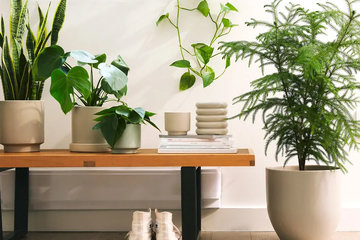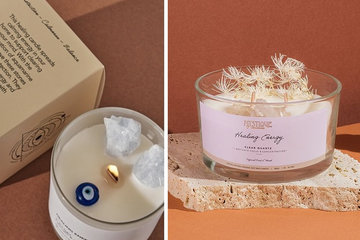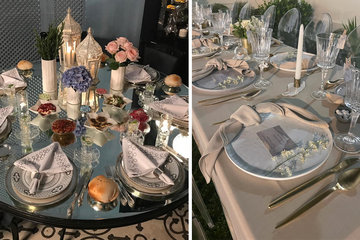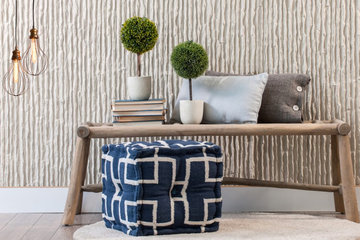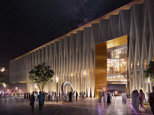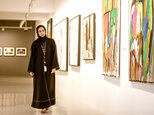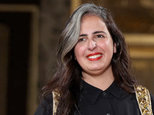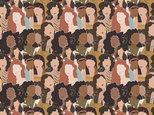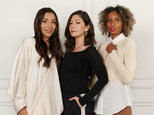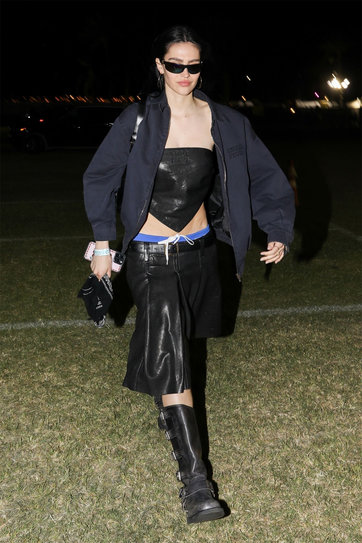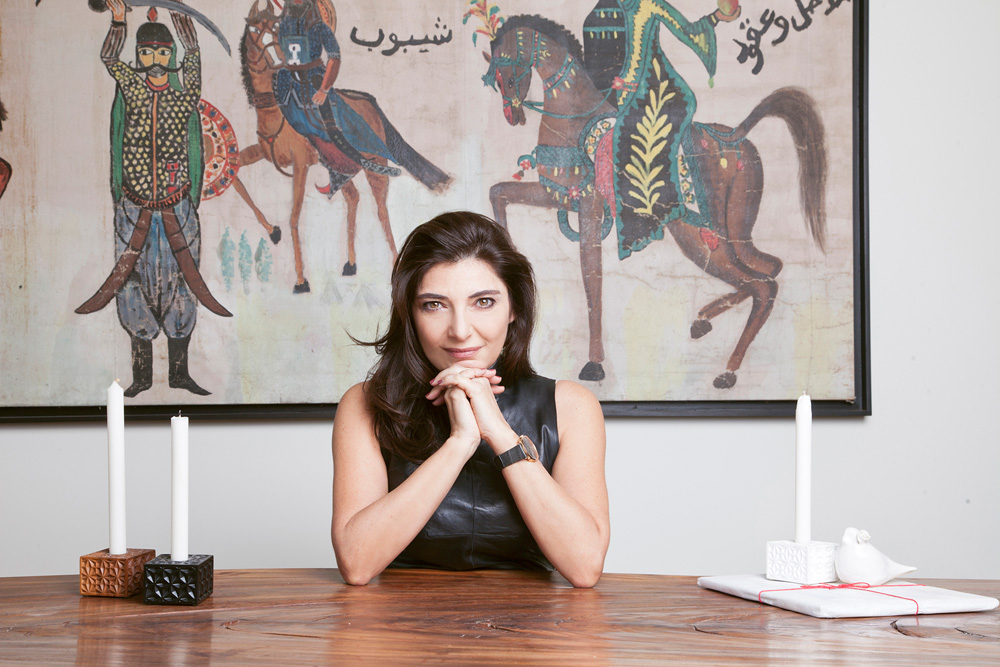
Nada Debs
For most of us home is surely where the heart is. In addition to its sentimental value, Nada Debs, the renowned Lebanese interior designer, believes a house is characterised by its energy and how we stay true to ourselves.
Born and raised in Japan, Debs studied Interior Architecture at the Rhode Island School of Design in the United States. After she started her own design company in the UK, she felt her homeland calling for her. She answered the call and once in Beirut launched East & East, which now has representatives in New York, Dubai, Geneva, Cairo and Amman and several other cities. The company designs and manufactures furniture and home accessory lines with Debs’s signature concept of Eastern inspired designs blending Middle Eastern craftsmanship with Far Eastern philosophy. The result is stunningly simple and distinctive furniture and home accessories with a modern arabesque style.
Why did you return to Lebanon after 40 years?
As I was raised in Japan and lived abroad all my life among foreigners and different religions, I had no one from my background as an Arab or as a Muslim. I felt I needed to find my roots, this sense of identity. The feeling was subconscious and I really wanted to be somewhere I could identify myself with. The funny thing is when I did arrive, I realised I am neither this nor that. I found out through designing furniture that I can actually bring out both cultures within the same piece …It kind of gave me the answer to my identity question, as I could be a person from the Middle East and Japan as well.
What did you notice when you first returned to Lebanon?
I found that designs for modern Middle Eastern furniture were almost non-existent. So I became determined to create furniture that would appeal to everyone across the globe.
Why did you name your company East & East?
The East & East concept is a celebration of Eastern craftsmanship through contemporary design, using Arab heritage and tradition as a platform into modernity. It is homage to the Eastern cultures of the Far East, Japan and the Middle East. I wanted to merge the minimalism of Japan with the contrasting warm patterns of arabesque design. It’s all about balancing between the craftsmanship and the two cultures.
How do you define Japanese and Middle Eastern cultures in your designs?
The Japanese aesthetic culture is less is more. For example a box that doesn’t have any thrills and decoration, pure and simple… ZEN design. Whatever you put on it gives it its meaning. For example, it becomes a table if you put something on it. There has to be a functional reason for the piece, otherwise they keep it to the bare minimum. The Middle East is the opposite; here it’s more is more. Everything is so decorative with arabesque patterns and repetitive, infinite patterns. So I put these patterns in a very simple form. I mix the Middle Eastern aesthetic with the Japanese and create a fusion.
Do Middle Eastern people have good taste?
They strive to have good taste .To them it is important to have a nice apartment, they care about their homes and how they look. The only problem is that it feels as if they are afraid to make it personal; they want to follow what is fashionable. I am not against having the latest trends, but I really believe every home should have a personal touch like photos of yourself or artwork you like. It doesn’t matter if it is expensive or popular, as long as you like it and it affects you. If it makes a difference to you, you should put it, because that’s what makes your home your home. Trends change all the time, fashion changes, so I think there should always be that distinction in a person that remains no matter what. So if you like red, you like red yesterday, today, tomorrow … it doesn’t matter what is fashionable.
How do you envision what kind of homes owners want?
I always ask what they want in their home. I insist on the bathroom size and the space planning. When it comes to the interior, I try to get as much information about my clients’ lifestyles. If they want it cosy, then I go for darkest colours and if they want happy and colourful, then I pick lighter colours. It is all based on feelings. Sometimes you can tell what they want from their energy, but I always ask them because sometimes they have quiet energy, but they want something bright. In the end it is all about energy.
What is your personal style at home?
I like using different materials, contrasting styles and concrete against wood. I also enjoy using natural material against that which is man-made. I like extreme black and white. I like patterns on top of each other; actually patterns that are quite distinctly me.
Have you ever felt you didn’t want to design or continue designing a house?
I never stop, but I usually find a compromise. I don’t take on projects unless the client trusts in me. I only take on projects that are inspiring to me like the space, or if the client inspires me.
What was the most inspiring job you ever did?
I would say a bathroom and dressing room; the client trusted me completely. I did a very charming little room in which I used contemporary crafts. It came out purely Nada Debs and that is what she wanted.
Any tips or ideas for those who cannot afford to hire an interior design?
Painting a wall can make a difference, especially if it’s a colour that makes them feel good. Lighting is important too. Cheap, floursent lightening is not good because it causes shadows on the face. Certain colours and warm lighting like what you get with side lamps are great. The mood the lighting emanates makes all the difference. Rugs as well, they bring things together, and create a warm and welcoming feeling. I think you should always trust your emotions.

